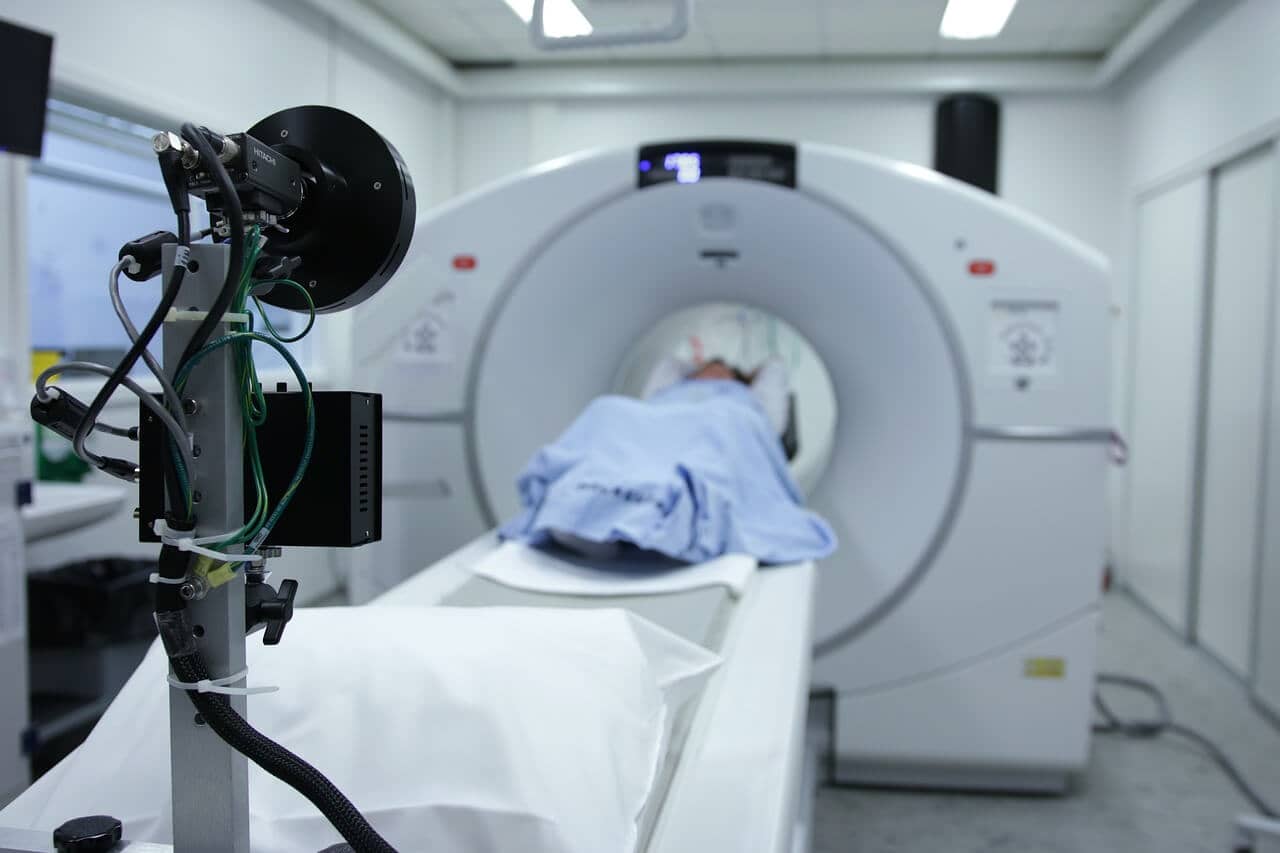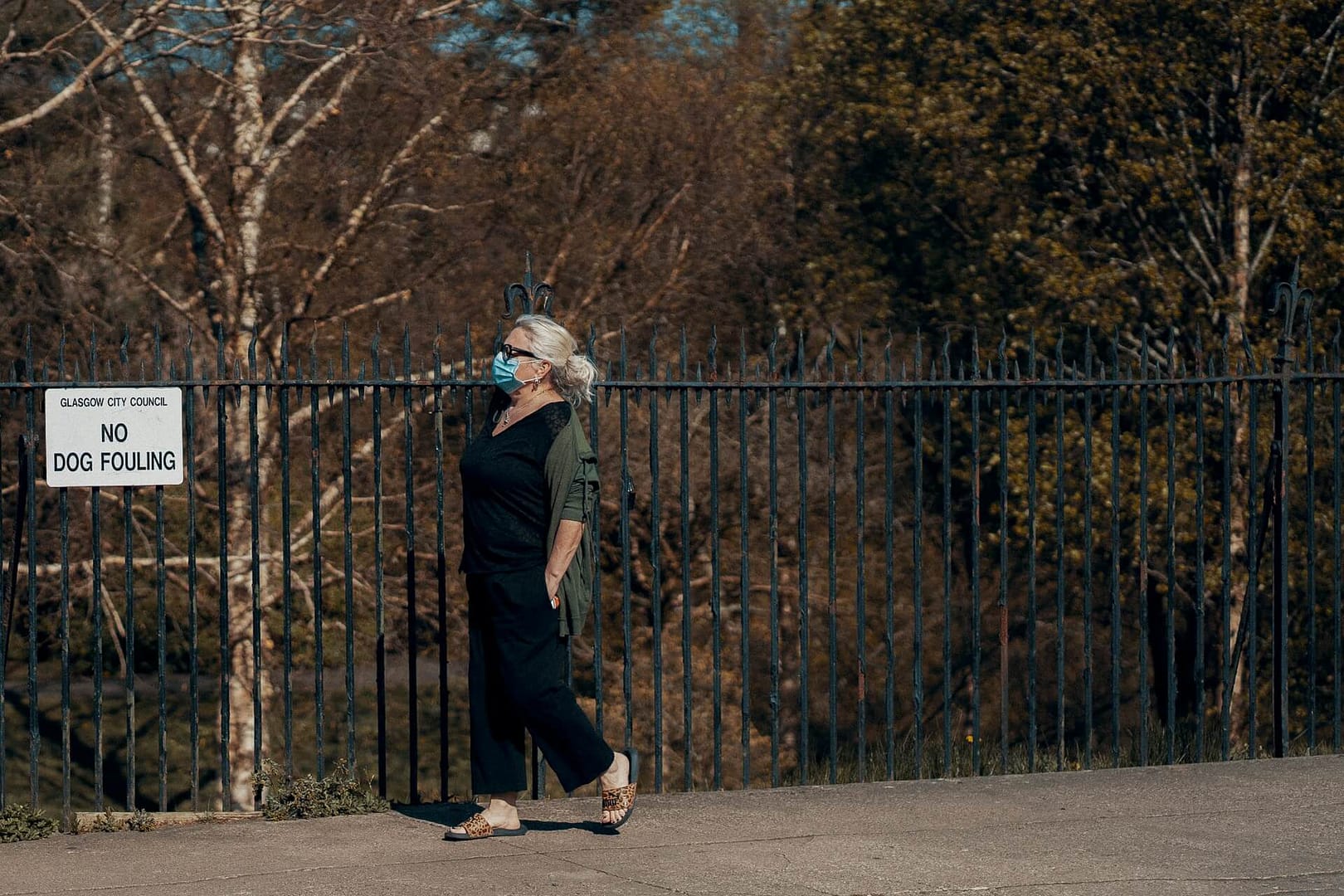Causation in clinical negligence is a complex but crucial aspect of medical malpractice cases. Establishing a link between the alleged negligence and the resulting harm is pivotal in determining liability. In this exploration, we embark on a journey to unravel the intricacies of causation in clinical negligence, shedding light on what it entails and how it is proven in medical negligence cases.
The Essence of Connection in Clinical Negligence
To comprehend causation in clinical negligence, we must first understand its essence. In the realm of medical malpractice, causation refers to the connection between the healthcare professional’s actions (or lack thereof) and the harm suffered by the patient. It is the bridge that links negligence to adverse outcomes, forming the basis for legal claims.
Unravelling the Puzzle
Imagine you seek medical attention for a persistent ailment. The doctor prescribes a treatment plan, but due to an alleged error – a misdiagnosis, a prescription mistake, or a surgical mishap – your condition worsens. Now, the question arises: Can you establish a link between the healthcare provider’s actions and the deterioration of your health?
The Burden of Proof
Proving causation in clinical negligence cases is no small feat. The burden of proof rests on the plaintiff, who must convincingly demonstrate that the healthcare professional’s actions directly caused the harm suffered. It’s akin to assembling a puzzle, with each piece representing a crucial element in the chain of causation.
Proving Causation In Medical Negligence Cases
The Three Essential Components
Establishing a link in clinical negligence involves three essential components. The first is duty of care, where the healthcare professional must owe a duty of care to the patient. The second is breach of duty, indicating that the standard of care was not met. The third, and perhaps the most challenging, is causation – proving that the breach directly caused the harm.
The But-For Test
In the legal realm, the “but-for” test is often employed to assess causation. This test questions whether, but for the alleged negligence, the harm would have occurred. In simpler terms, it prompts us to consider whether the adverse outcome would have transpired if the healthcare professional had adhered to the standard of care.
Probability and Foreseeability
Beyond the but-for test, the court also considers the probability and foreseeability of the harm. If the harm was foreseeable and likely given the circumstances, it strengthens the causal link. However, if the harm was an unforeseeable consequence, establishing causation becomes more challenging.
Expert Testimony
Expert testimony plays a pivotal role in proving causation. Medical experts provide their opinions on whether the alleged negligence directly led to the harm. Their insights, backed by their professional knowledge and experience, carry significant weight in the courtroom.
Timing Matters
In the intricate dance of causation, timing matters. Proximity between the alleged negligence and the harm strengthens the link. If there’s a considerable gap, establishing causation becomes a nuanced task. Did the delayed consequence result from the initial negligence, or were there intervening factors?
The Domino Effect
Visualise causation as a series of falling dominoes. Each domino represents a link in the chain, and for the plaintiff to succeed, every domino must fall in sequence. If there’s a break in the chain – a missing link – the connection weakens, and the claim falters.
Navigating Legal Precedents
As we navigate the landscape of clinical negligence, it’s crucial to recognize the significance of legal precedents. Previous cases serve as guideposts, shaping the understanding of causation in the context of medical malpractice. Courts often refer to these precedents to establish benchmarks for proving causation.
The Thin Line
The thin line between correlation and causation is a common challenge in clinical negligence cases. Just because an adverse outcome followed medical treatment does not automatically imply causation. It requires a meticulous examination of the facts, expert opinions, and legal precedents to establish the elusive link.
Making a Clinical Negligence Claim with National Claims
At National Claims, we understand the intricacies involved in making a clinical negligence claim. Our team of experienced professionals guides you through the claims process, ensuring that every aspect, including the establishment of causation, is addressed comprehensively.
Expert Guidance
National Claims provides access to seasoned legal experts specialising in clinical negligence. From assessing the viability of your case to gathering evidence and presenting a compelling narrative, our experts are dedicated to securing the best possible outcome for you.
Thorough Case Evaluation
Our team conducts a thorough evaluation of your case, delving into the details to identify the crucial elements required to establish causation. We understand the importance of each piece of the puzzle and work tirelessly to build a robust case on your behalf.
Transparent Communication
National Claims believes in transparent communication. We keep you informed at every stage of the process, explaining the legal nuances and potential challenges. Our goal is to empower you with the knowledge needed to make informed decisions about your case.

Conclusion
In conclusion, causation in clinical negligence is akin to a delicate tapestry woven with legal intricacies, medical expertise, and the human experience of suffering. Establishing a link requires a meticulous examination of the circumstances, a nuanced understanding of the but-for test, and the expertise of medical professionals.
A Continuous Evolution
The landscape of clinical negligence is in a constant state of evolution. As new cases emerge, legal standards shift, and medical practices advance, the concept of causation continues to shape the contours of justice. The link between negligence and harm remains a dynamic thread in the tapestry of medical malpractice litigation.
In the pursuit of justice, understanding the nuances of causation becomes not just a legal necessity but a moral imperative. It is through this understanding that we navigate the delicate balance between holding healthcare professionals accountable for their actions and ensuring the integrity of medical practices for the well-being of all.
Contact us today to get a start on your claim and speak to one of our claims specialists.
Click below to see why we are one of the most trusted claims management companies in the UK.

We’re proud of our excellent customer reviews
We thrive on delivering exceptional service and ensuring our clients’ satisfaction. Don’t just take our word for it. Check out some of our independent reviews to see what our clients have to say.
Excellent

This firm is excellent, they sorted out my car pay out and injury claim very fast, they always communicate with you all the time.

My accident case was dealt with confidence and with great result of the outcome, especially James kept me informed all the time.

I was very impressed at the way my inquiry was treated. I was listened to attentively and everything I needed to know was explained to me.






